The ATEX directive consists of two EU directives describing what equipment and work environment is allowed in an environment with an explosive atmosphere. ATEX derives its name from the French title of the 94/9/EC directive: Appareils destinés à être utilisés en ATmosphères EXplosibles.
As of July 2003, organizations in EU must follow the directives to protect employees from explosion risk in areas with an explosive atmosphere.
There are two ATEX directives (one for the manufacturer and one for the user of the equipment):
- the ATEX 95 equipment directive 94/9/EC, Equipment and protective systems intended for use in potentially explosive atmospheres;
- the ATEX 137 workplace directive 99/92/EC, Minimum requirements for improving the safety and health protection of workers potentially at risk from explosive atmospheres.
The ATEX 94/9/EU that is dedicated to the manufacturer has changed. Always applicable up to 19 April 2016 the ATEX 94/9/EC will be removed and replaced by a new directive.
This new ATEX directive was published on Saturday 29 March 2014, under the new reference : Directive 2014/34/EU of the European Parliament and of the Council of 26 February 2014 on the harmonisation of the laws of the Member States relating to equipment and protective systems intended for use in potentially explosive atmospheres (recast) Text with EEA relevance – Official Journal of the European Union L 96 from 29/03/2014.
This new ATEX directive 2014/34/EU will be mandatory for manufacturer on 20 April 2016 as is stated in article 44 of the directive.
Promised for a long time, this new ATEX directive has been published together with 8 other directives in the frame of NEW LEGISLATIVE FRAMEWORK (NLF) ALIGNMENT PACKAGE (Implementation of the Goods Package). It was the subject of a “COMMUNICATION FROM THE COMMISSION TO THE EUROPEAN PARLIAMENT AND THE COUNCIL” for the Alignment of ten technical harmonisation directives to Decision No 768/2008/EC of the European Parliament and of the Council of 9 July 2008 on a common framework for the marketing of products, in Brussels, 21.11.2011 under reference COM(2011) 763 final.
Zone Classification

ATEX Certification Definition Chart

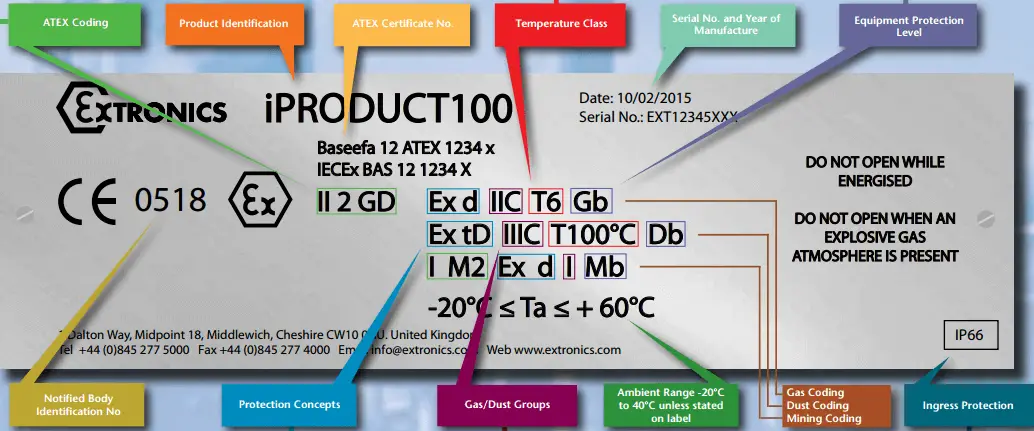
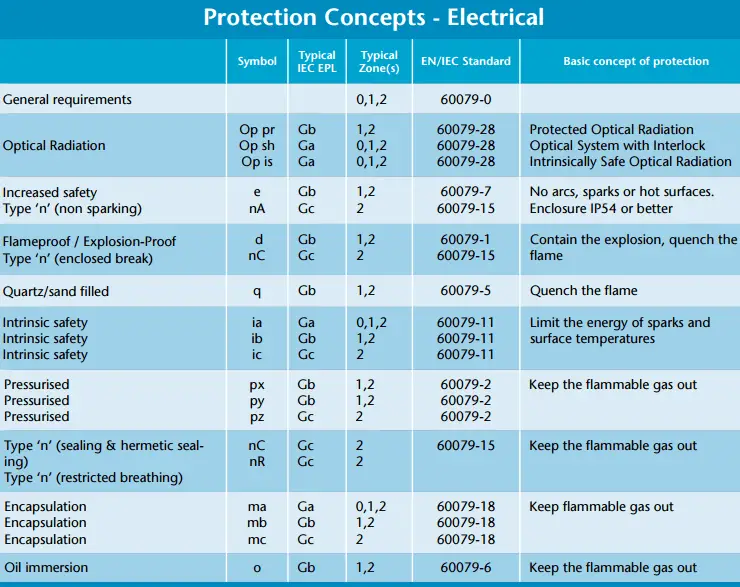
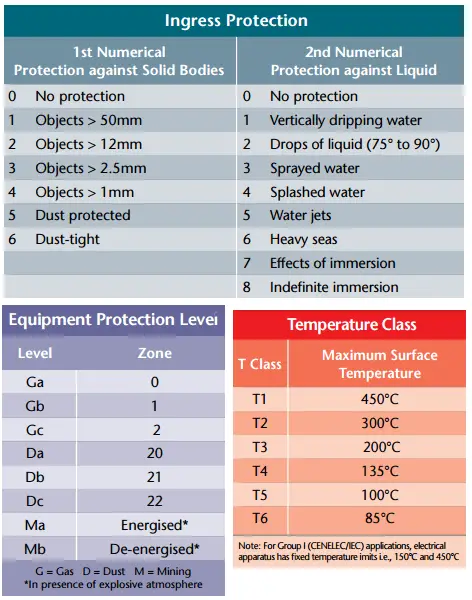
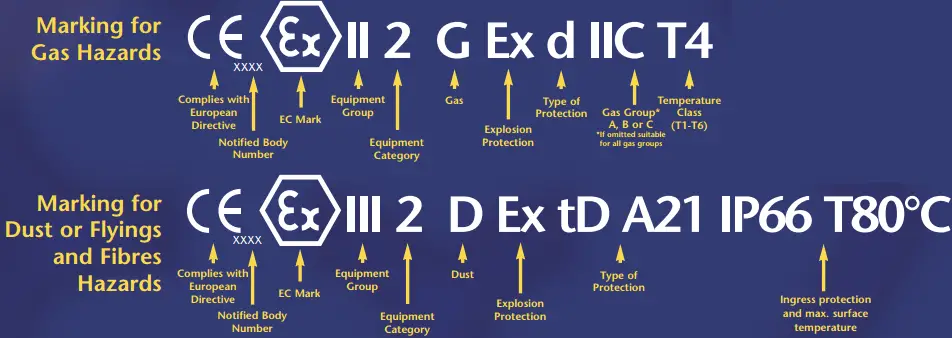
Download:
Also Read: Hazardous Area Classification Codes & Charts
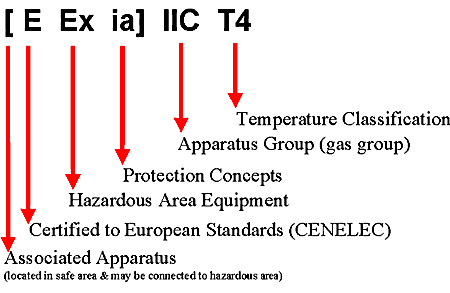
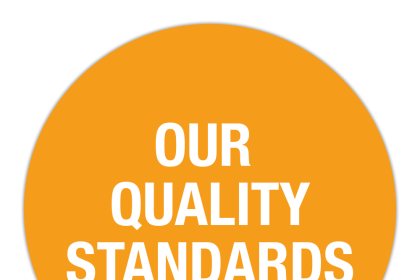
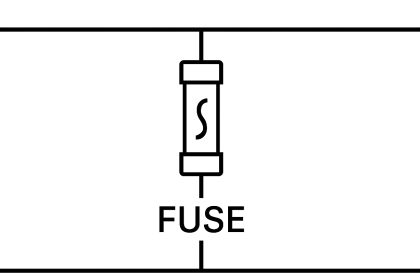
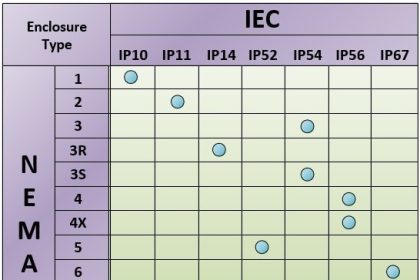

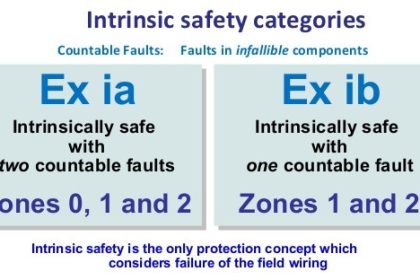
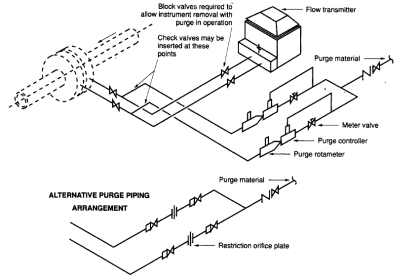
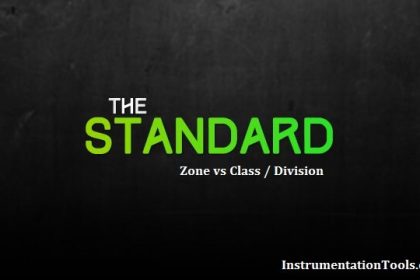

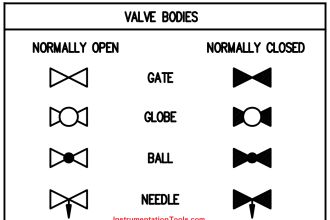

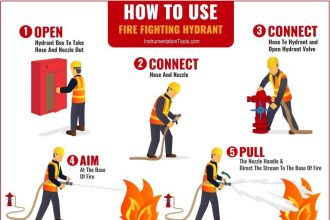
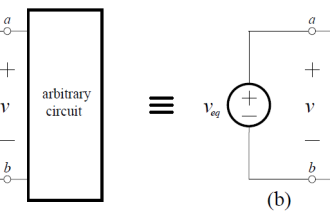

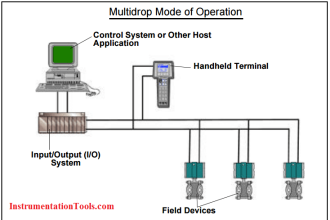


very useful questions and answer
The information is vital
Many Thanks , helpfull
thanks for conceptual support
whether ATEX certificate applicable for pressure and level gauges